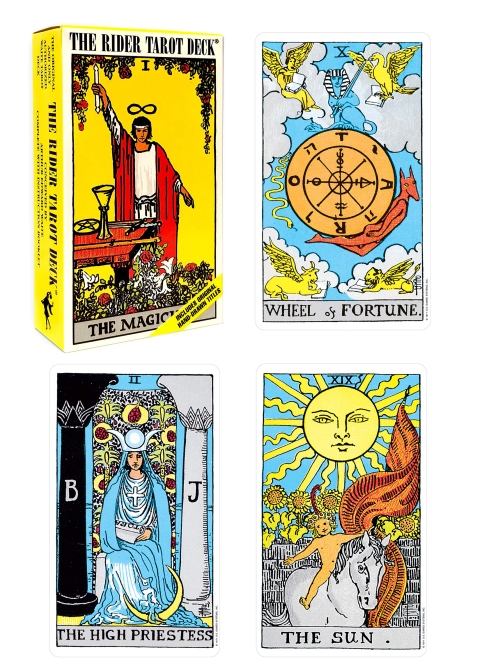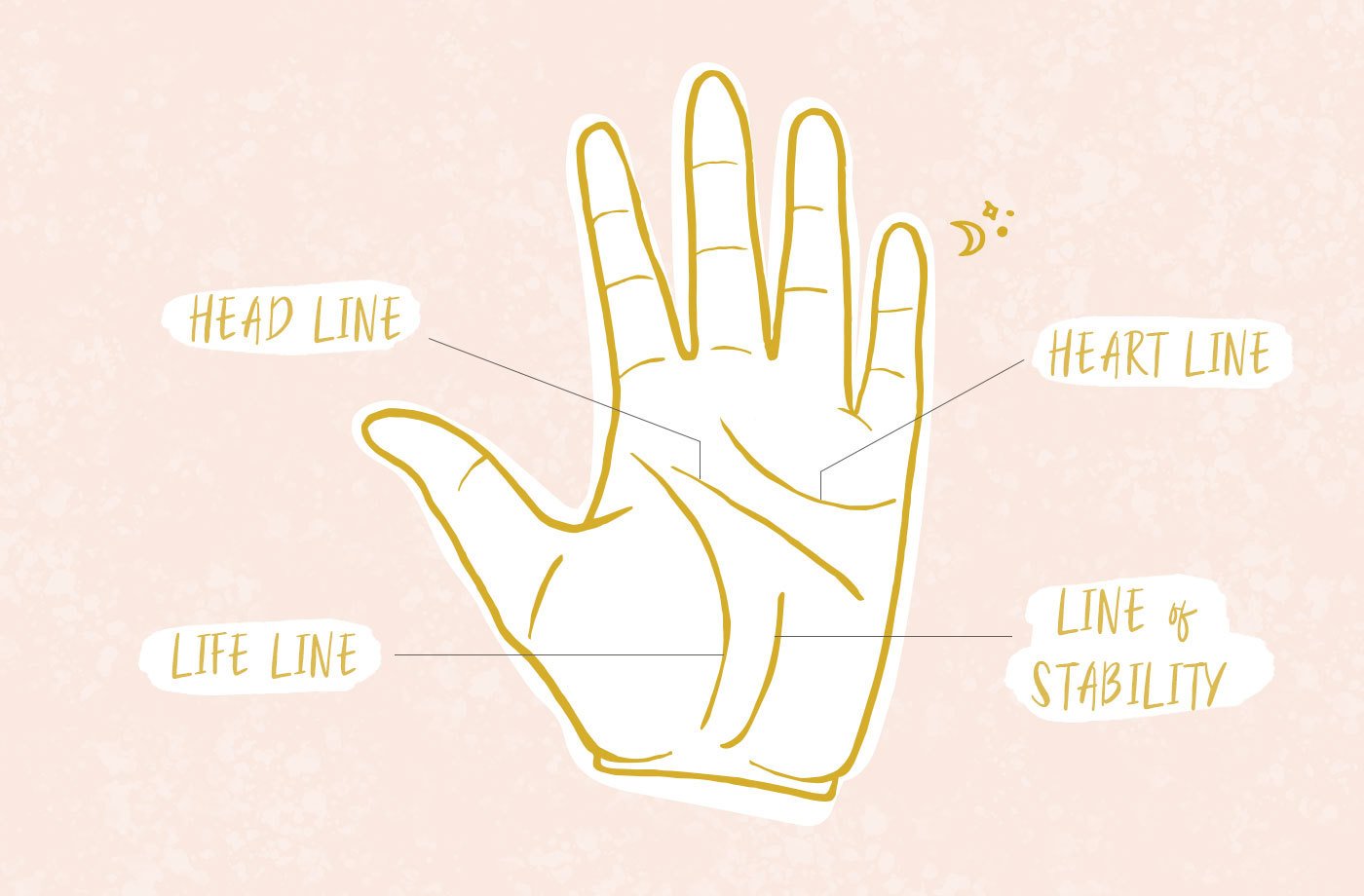
The Knight Of Cups is a generous and kind soul who puts others' needs first. A strong inner force drives him to act in accordance with his convictions. This card indicates that he is influenced by his emotions and not logic when making decisions. This makes him a great judge of character.
Reversed Knight of Cups
The Reversed Knight of Cups card is a tarot deck that represents the energies of feelings. This card can reveal an emotional turmoil at work. These situations can be stressful and it's important to voice your concerns and maintain a balance between logic and emotion. Reversed Knight of Cups could also signify that you have not taken action to improve the situation. This card is also a sign that you should research a major purchase or investment before you make it.
Positive omen
The Knight of Cups is an omen of true love and is often a sign of moving in together, marriage, or pregnancy. It can also indicate an unexpected outcome. It can also signify an open heart, and the ability to draw power from past moments.

Significance
The Knight of Cups refers to creativity, intuition and the ability of to imagine new possibilities. It is also a card of hope and surrender as well as trust. This card stands for trusting one's intuition, and letting go of inhibitions and fears.
Meaning
The Knight of Cups, the last card in a reading of the tarot, is the Knight of Cups. This card is a symbol of divine relief and provides long-term answers to prayers. It can also help you find answers to your spiritual questions.
Tarot interpretations that reveal the meaning of love
The Knight of Cups is a symbol that two people have a stronger emotional connection. This card can also represent a new beginning. This card can be used to indicate the possibility of getting married. This card can also indicate the birth of a child. It is important to keep your reality in mind when reading this card. Even if there is good news, you must not allow it to overwhelm you.
Symbolism
The Knight of Cups card is open to your emotions and actions. This card is ideal for romantic situations. When the knight of cups is reversed, it symbolizes a gloomy, conceited, or lonely person. In tarot readings, the knight of cups reversed often represents a person who is narcissistic, emotional, or alcoholic.

Health readings: Meaning
Reversed positions of the Knight of Cups are often associated with someone who is close to becoming ill. It could be a sign of a weak immune or substance abuse problem. Either way, it's important to nourish your body from the inside out in order to restore balance. It's possible to do this with a healthy diet as well as gentle exercise. Remember, your physical and spiritual health are intimately connected.
FAQ
What are some good hobbies for seniors to do?
Senior citizens should enjoy engaging in fun activities. They should also try to stay active by participating in sports and other physical activities.
They may want to join clubs that allow them to meet others with similar interests. As they age, this will help them feel less alone.
Seniors must also be on the cutting edge of new trends. They could be interested in fashion, art, music and literature.
What are the competitive hobbies?
Swimming, running, cycling, golfing and tennis are some of the competitive sports.
They are usually enjoyed by people who enjoy being active, but also allow for social interaction.
If you have a hobby that involves physical activity, then you'll probably find that there are other people around who share this interest.
You might consider joining a group or club that meets regularly to play together in sports.
You can also participate in team games where you play alongside others.
These include soccer (soccer), rugby, netball and hockey.
There are many different types of competition.
Some competitions may be held for pure recreational purposes.
Others are intended to test competitors' skill.
And still, others are designed to reward outstanding performance.
These cases award prizes to the winners.
Other competitions test strength and endurance.
These are known as endurance events.
For example, marathon races, triathlons, Ironman Triathlon, etc.
These events are often contested by athletes who train hard.
They will follow a strict training program to prepare themselves mentally and physically.
They might need to travel some distance during preparation.
It is important that you remember that not every athlete can compete in every type or event.
What are your educational hobbies and interests?
An educational hobby is a activity that allows you to learn by doing it. This could be anything you want, such as playing sports or learning how to play an instruments.
It should be enjoyable and have fun. It doesn't have to be done all the time. However, if you get bored of it, you should think about other things you can do instead.
Also, you need to be careful not to spend too much on these activities. They can end up costing more than you think.
Statistics
- The intensity of the dialogue partners' bond at the end of the forty-five-minute vulnerability interaction was rated as closer than the closest relationship in the lives of 30 percent of similar students. (time.com)
- In comparison, men in the “no humor” condition were refused 84.6% of the time and were only accepted 15.4% of the time. (time.com)
- A new survey by Pew Research Center of teens ages 13 to 17 finds that 36% of girls feel tense or nervous about their day every day; 23% of boys say the same. (pewresearch.org)
- Almost 80% of people claim to have no hobby. (hobbylark.com)
- 37% Video Games 36% Travel 36% Health and Fitness (quizexpo.com)
External Links
How To
How to begin gardening
Gardening is one of the oldest forms of agriculture. It requires patience, persistence, and determination. It is important to choose the right location for your garden. You can choose to have a large area or a small one in your backyard. Next, pick the type of plants that you would like. Do you prefer vegetables or flowers? Some people are passionate about growing herbs, while others like raising livestock like rabbits. Before you decide on what type of crops to plant you need to take into consideration how much space you have. If your climate is cold, you may decide to plant berries and fruits.
Once you have chosen what you will be planting, you must take some time to prepare your soil. Soil is essential in determining whether your plants will thrive or fail. Organic matter is essential for the health and well-being of your plants. Organic matter includes things like leaves, twigs, grass clippings, manure, and compost. Once your soil is prepared, it's time to add nutrients. Depending on the type of plants you plan to grow, you may need different amounts of nitrogen, phosphorus, potassium, calcium, magnesium, boron, zinc, copper, manganese, iron, molybdenum, chlorine, sulfur, sodium, and so on. A fertilizer calculator online can help you determine these values. Many fertilizers are available, so make sure you know what you are buying.
After preparing your soil and adding the proper nutrients, you now need to wait until your seeds germinate. The process takes between 2 weeks and 3 months depending upon the climate in your area. Once the seeds have sprouted you will need to water them often. Too much or too little water can cause problems. Make sure to give your plants water at regular times and not overwater. Overwatering can cause root rot or fungal diseases. Keep in mind that plants are more thirsty during summer than winter. Some plants must be dried out after being watered. For example, tomatoes need to stay slightly moist but not wet. They are not happy to be in soggy soil. After the plants have finished flowering they must go dormant. When plants stop producing new growth, they go dormant and start storing energy for next season's harvest. During dormancy, the plant stops sending signals to its roots telling them to produce food. During this period, plants continue to store energy. However, if the temperatures drop below freezing and there isn't enough sunlight, the plant will go to sleep.
Living in urban areas may restrict the types of plants you can plant. Concrete sidewalks and roads, as well as parking lots, are common in urban areas. This blocks sunlight from reaching the ground. Concrete absorbs sunlight and blocks the soil below from receiving adequate sun exposure. Many plants can't thrive in urban environments because they lack sunlight. Fortunately, there are still many plants that can thrive in an urban environment. Many trees, perennials, shrubs, as well as shrubs can be adapted to urban living. Many annuals are also possible to grow indoors in containers. Container gardens allow you to bring fresh greenery into your home year-round regardless of the weather outside.
Now you're ready to plant.